Patten: It’s alive! Awaken your ancient computer with new parts
Published at | Updated at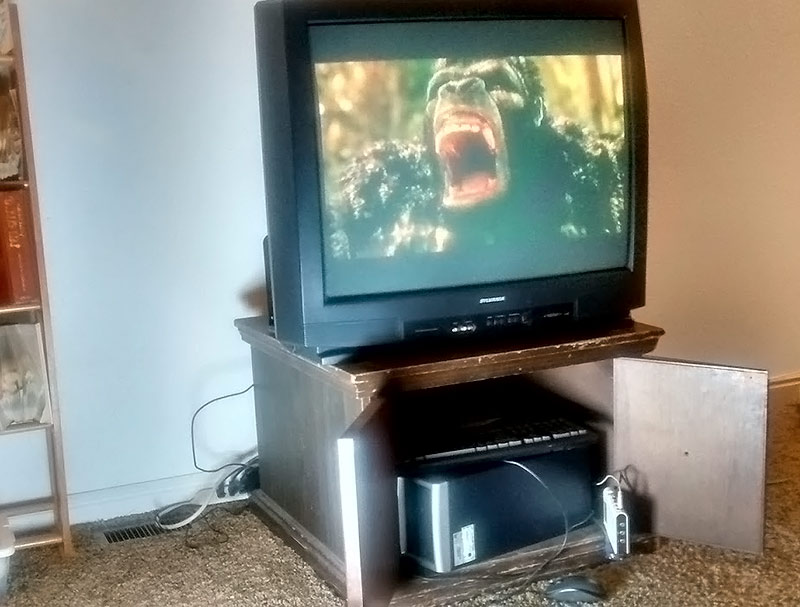
You are determined to make your old PC live again — and not just live, but thrive.
Restoring your undead computer’s glory through upgraded hardware can be thrilling and can give you a taste of how Dr. Frankenstein must have felt.
But with wires, circuit boards, chips, stickers with stern warnings about warranties and electrocution, and hopefully no rodents, messing with hardware can be intimidating.
If you want to make your old computer more capable, chances are you’re going to have to break out your screwdriver and get to work. Don’t be intimidated, though — once you get over the initial shock (figurative!), you’ll find you can replace many of your device’s outdated components almost as easily as you would change a lightbulb.
Below are a few things to keep in mind. I learned this info both while I worked on IT certifications and from (sometimes painful) personal experience.
Backup
It should go without saying, but even though the old computer you’re working on probably isn’t worth much, you should make sure all your important data is backed up somewhere. I’m not saying there’s a high risk you’re going to blow up your computer, but why risk it?
Plan
Think everything through before you grab the screwdriver. What exactly will you be doing in computer surgery, doc?
I’m talking about the simple stuff you’ll feel stupid for forgetting, like taking a few pictures of how unfamiliar things go together before you touch them, and having a designated spot for screws that is out of the reach of children and elbows.
And note what you’re doing as you’re doing it — write it down if you have to. Remember you’re going to have to put everything back! (More on that later.)
Do you have the right parts to begin with?
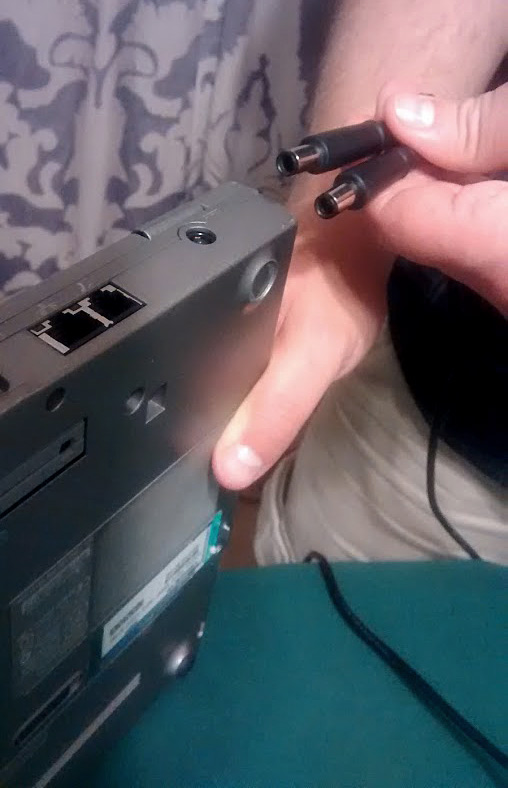
A month ago, I picked up a sweet old Dell laptop from Deseret Industries for $10. (It’s a Latitude D400, which, as far as I can tell, came out around 2003.)
My kids use it for homework, and I’m pretty satisfied with the purchase. However, I could not find the charging cable at the store, and the battery didn’t have a charge when I bought it.
But I had the brilliant idea of using the cord from my wife’s old HP netbook, and you know what? Nothing fried, and the laptop turned on!
Unfortunately, the battery wasn’t charging. I assumed the battery was bad and I would have to get a new one if I wanted the kids to be able to do their homework away from the desk.
I nearly spent $30 on a new battery. (Forty dollars for a low-powered homework computer still isn’t horrible, right?)
At the last minute, though, my brain kicked in. I thought that it would be best for me to spend $10 on a cord that was actually meant for that model of laptop.
When I got the new cable, the battery charged! I could have wasted money on a new battery I didn’t need because I had been using the wrong part (a charger for HP netbooks).
Clean out your dust
Believe it or not, dust can affect your computer’s performance and ability to cool itself — and it’s gross. While the lid is open, get a can of compressed air and go to town. Just don’t be in the living room when you do it. (Ask my wife how I know.)
Static electricity is your enemy
Mad scientists often raise their monsters with the help of lightning, but any electricity that is not coming from the power supply is generally a bad idea for a computer. You may know exactly where everything goes, but you can inadvertently fry important parts anyway.
I’m pretty sure this happened to me a few years ago. We had just gotten a new desktop computer, and I wanted to see if I could fit it with an extra hard drive I had on hand. (I couldn’t.) I put the case back together, turned the PC on and … it didn’t boot. Just weird error messages.
Luckily, the computer was under warranty, and the manufacturer installed a new motherboard for me. I was both stupid and fortunate.
I had most likely experienced electrostatic discharge, or ESD. That is, my computer and I had different electrical potential, or different amounts of static electricity. When I touched the motherboard, disaster struck. (You don’t need to worry about ESD if your computer’s case is closed.)
You want your electric potential to be the same as your computer’s. Professionals stand on anti-static mats or attach themselves to what they’re repairing with a special wristband, but you may not have those things. A poor man’s way around ESD is to always keeping one’s self in physical contact with the computer case or power supply before conducting repairs and often during the process.
You may hear some people tell you the best way to ground a computer is to keep it plugged in. Do you really think working on an appliance that’s attached to the wall is a great idea?
More common sense stuff: Don’t conduct your repairs while standing on a shag carpet or drinking from a styrofoam cup (even if it’s out of spilling distance).
Oh, and store your electronic components in an anti-static bag. And handle the cards by the edges.
All RAM is not created equal
Don’t think, “Well, my computer only has half a gigabyte of RAM. I’ll install 10 gigs and give this junker super powers!”
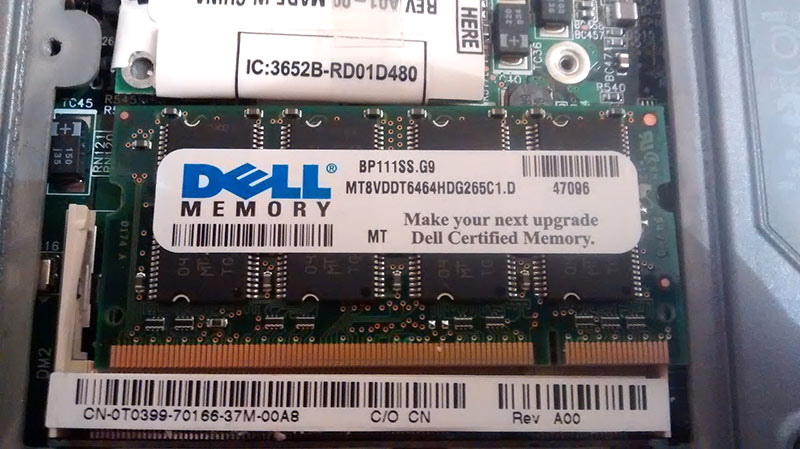
That probably won’t work, as your motherboard can only handle so much memory.
When dealing with RAM, the best thing you can do is go online and find your computer’s specs. You could end up wasting your money if you don’t.
If you are repairing an older computer, it’s likely an Intel-based 32 bit, also known as x86. (Computers being sold today are usually 64 bit, or x86_64.) A 32-bit motherboard’s theoretical RAM ceiling is 4 gigabytes, but your computer’s limit might actually be less than that. Again, read the specs.
Also, your computer will perform best if your memory sticks match.
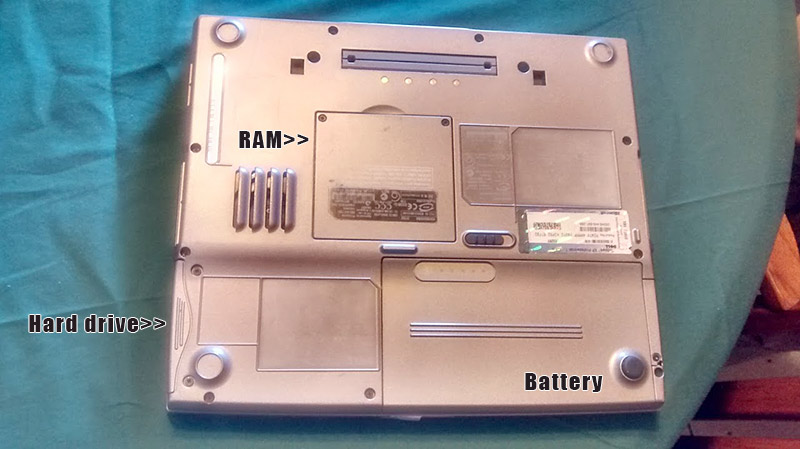
Get the right hard drive
This is a question of knowing what connector you have — don’t just buy the first cheap one you see on eBay. Know what will work with your computer. Do you have an ATA, SATA or mini-SATA connection? What size can your computer support? I’ll say it one more time: Read your computer’s specs!
This is also a good time to reflect what you want to do. Yes, maybe your computer can support that 1 terabyte drive, but if you’ll primarily be using your computer for web browsing, you may want to set your sights lower. Your wallet will thank you.
Another option — and it doesn’t require you to use a screwdriver — is to buy an external hard drive and use the small one inside your computer to host the operating system and a few essential applications only.
Don’t fix your old monitor
Your computer might have come with a cathode ray tube monitor, or CRT. Until a decade ago, CRTs were the standard. Chances are, you have seen plenty of them: they’re the non-flatscreen kind, the ones that are heavy and bulky.
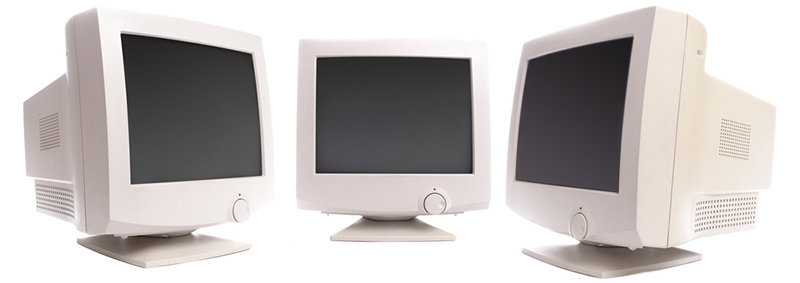
Unless you have special training, do not attempt to open one. Ever.
CRTs carry high charges that could electrocute you, even when they are unplugged. It’s just not worth the risk, even if you have high nostalgia for a certain monitor.
Find a cheap monitor at your local thrift store if you have to. It’s a good day when you don’t die.
Put everything back
Although a naked computer may be a great conversation piece that just happens to be on your coffee table, it isn’t worth it.
Yes, leaving the chips and boards exposed increases the risk of damage to the components due to static electricity (see above), a curious child or the stray glass of Dr. Pepper. In addition, you risk overheating your computer. Your computer’s fans suck cool air in and blow hot air out, and your components need to be enclosed for that to work.
Be patient with yourself
It’s easy to look at all the circuits and chips and feel that you don’t know what you’re doing. And you know what? Unless you’ve got a dual Ph.D in electronics and computer science and have a mad scientist’s intellect, you probably don’t know close to 50 percent of what’s going on under the lid beyond the general overview! I learn something new every time I tinker — the best way to learn is to dive right in.
(And if you feel bad about your lack of skills, well … at least you didn’t do this.)



